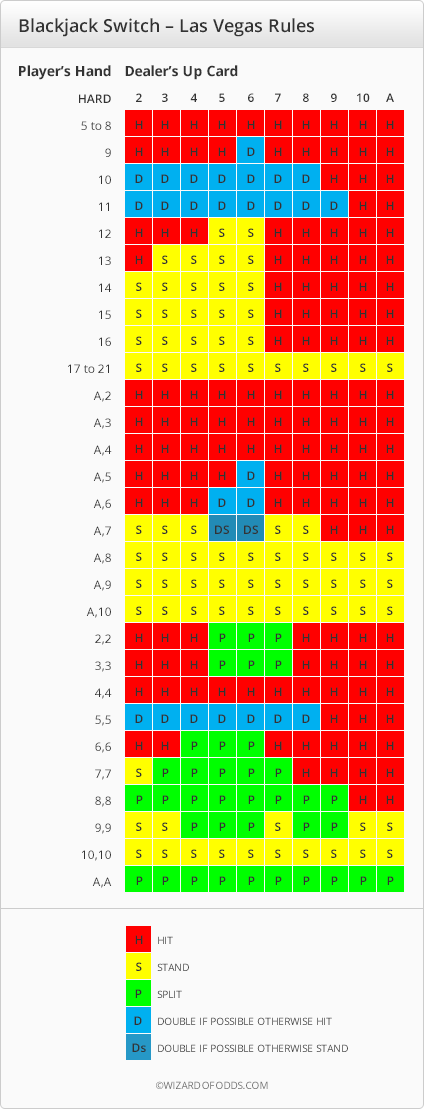

Imagine that you have a running count of +9 and four decks still remain in play. In case you participate in multi-deck games, the true count will be based on dividing whole numbers predominantly. In case there are three quarters of the deck in the discard tray, that means one quarter of the deck still remains in play. However, as you may not see how many cards the dealer's hand contains approximately, it will be better for you to pay attention to the cards in the discard tray and base your evaluation on them. It is not that difficult to evaluate one deck of cards to the nearest quarter. Or, a running count of -3 and three quarters of the cards left in play will produce a true count of -4. When it comes to a negative running count, you should use the same values but with a negative sign attached. In case half of the deck still remains in play, then the true count will be (+3 / ½ = 6), or +6. Then, your true count will be (+3 / ¾ = 4), or +4. Imagine that you have a running count of +3 and three quarters of the cards still remain in play. In case you participate in single-deck games, the true count will always be based on fractions. A more accurate true count will probably reduce the risk for a player, as he/she will be more accurate in determining the size of his/her bet ( he/she will use different bet size depending on the advantage). It is you who needs to decide whether you will divide your running count by the number of remaining whole decks, or by the half deck, or by the quarter deck, as long as you can deal with all the calculations required. The accuracy of your true count is usually up to you. To keep a true count in a system such as Hi-Lo is the key to help you identify decent betting strategies, especially when it comes to multi-deck games. The latter represents the running count divided by the number or fraction of decks that still remain in play. Now that you have familiarized yourself with the techniques of keeping a running count, you may take a step further and learn to keep a true count.


 0 kommentar(er)
0 kommentar(er)
